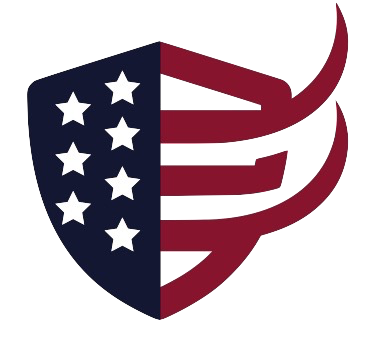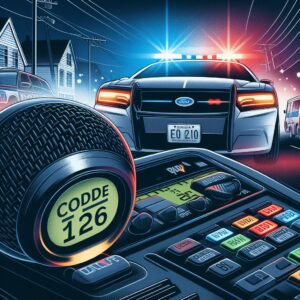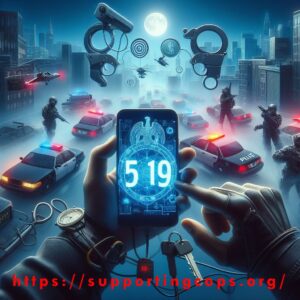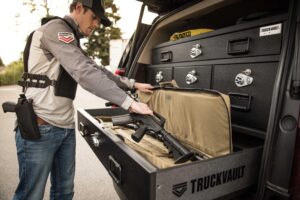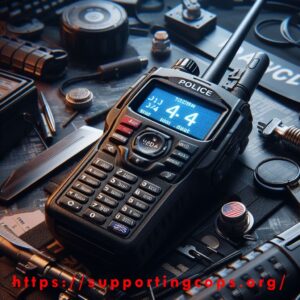Decoding the 304 Police Code: Navigating the Complexities of Vehicle Hijacking Incidents
The 304 police code represents a critical communication tool within the sphere of law enforcement. Specifically, the code denotes a vehicle hijacking incident. In this blog post, we will dissect what the 304 police code means, its origins, its applications within law enforcement agencies, and the implications of receiving such a code for responding officers and emergency services.
What Is the 304 Police Code?
The 304 police code serves as an essential alert in law enforcement for vehicle hijacking incidents. It was created along with other numeric codes to enable efficient and unambiguous communication over police radio channels. Although not a 10-code, it functions similarly as a shorthand between officers.
Origins of Police Codes
The usage of numeric codes in police communications has a history that goes back to the early 20th century. These codes were developed as a concise method to relay information over radio channels, making the process efficient and less prone to misunderstandings.
What Does 304 Specifically Refer to?
The 304 police code is employed to signify a hijacking event related to a vehicle. This is not limited to cars but can include other types of vehicles like trucks, buses, and motorcycles. The code does not specify details but acts as an immediate alert for a severe situation requiring urgent intervention.
Procedures After a 304 Code
When a 304 police code is transmitted, standard operating procedures are initiated, and units are often immediately dispatched to the location.
Dispatch of Officers
Officers are trained to approach these situations with extreme caution, as hijacking incidents are volatile and can escalate quickly.
Specialized Team Alerts
Additionally, other departments or specialized units may be alerted, such as the SWAT team or negotiators, depending on the specifics of the hijacking.
Establishing Perimeters
Officers are generally expected to maintain a secure perimeter around the affected area, protect civilians, and gather intelligence to resolve the situation without harm.
Impacts on Public Safety
A 304 police code has direct implications for public safety.
Risks to Bystanders
Hijacking incidents create an immediate threat to the general public. Aside from the danger to the vehicle’s occupants, there’s the potential risk of violence that could impact bystanders.
Public Alerts
As such, public alerts may be issued, and civilians are advised to avoid the area where the incident is taking place.
Cooperation Between Agencies
Given the severity of a 304 police code, it often necessitates coordination between multiple departments and agencies.
Local Police
This could include local police departments, county sheriffs.
State Police
State police may be involved.
Federal Agencies
If the situation escalates, federal agencies like the FBI may be notified.
Legal Consequences
The legal ramifications for individuals involved in a 304 incident are severe.
Felony Charges
Hijacking a vehicle is a felony in most jurisdictions.
Fines and Imprisonment
It can result in long prison sentences, hefty fines, and other penalties depending on factors like use of weapons, harm caused, etc.
Conclusion
The 304 police code serves a vital role in law enforcement operations, signifying a vehicle hijacking situation requiring an immediate and coordinated response. Its usage enables interdepartmental and interagency cooperation, with severe penalties for those found guilty of this crime. Understanding the intricacies of the 304 code provides insight into modern policing challenges.
Frequently Asked Questions
Q: What is the main purpose of the 304 police code?
A: The main purpose is to act as an urgent alert regarding a vehicle hijacking incident, prompting a swift and coordinated law enforcement response.
Q: Who typically issues a 304 police code?
A: A 304 code would generally be issued by a law enforcement dispatcher after receiving a hijacking report. Officers on-scene could also transmit the code.
Q: What is the usual police response to a 304 coded incident?
A: Common responses include immediate officer dispatch, establishing a secured perimeter, specialized team alerts, interagency notifications, and strategic intelligence gathering.
Q: Could the general public be directly impacted by a 304 situation?
A: Yes, there are often substantial public safety risks from violence, gunshots, unstable hostage scenes, etc. Alerts may be issued to avoid the area.
Q: What federal agency might get involved in a serious 304 incident?
A: If escalated, the Federal Bureau of Investigation (FBI) may be notified, especially if organized crime or terrorism elements are suspected.
